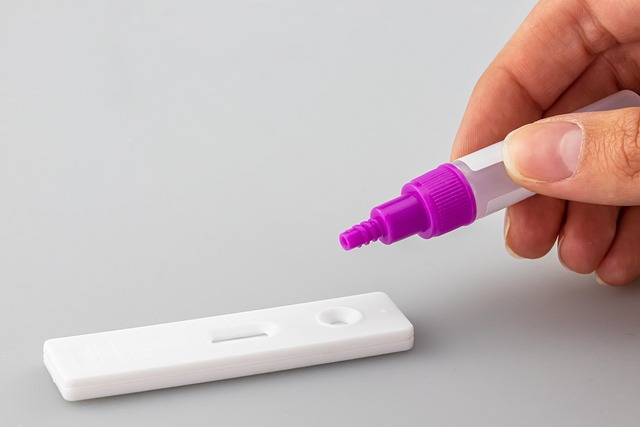In the realm of analytical-aesthetic, we find a captivating interlude where science meets modern philosophy. This intersection serves as a bridge between the empirical world of data and the abstract realm of human thought and experience. It is within this fusion that we glean insights not only about the universe but also about ourselves as sentient beings striving for understanding.
Science has long been hailed as the pinnacle of objective reasoning. Through rigorous methodologies, scientists explore the complexities of the physical universe, offering explanations grounded in observable phenomena. Yet, as we delve deeper into these scientific revelations, we cannot ignore the philosophical questions they inspire. What does it mean to exist in a universe governed by laws of physics? As discoveries unfold, they beckon us to reflect on our own existence, our consciousness, and the essence of reality itself.
Modern philosophy has taken up this mantle, questioning and analyzing the implications of scientific advancements. Thinkers such as Daniel Dennett and Martha Nussbaum use philosophical frameworks to investigate concepts like free will, morality, and the nature of consciousness. Their arguments spark essential conversations around the ethical implications of scientific progress. The analytical-aesthetic thus emerges: an aesthetic appreciation for the intricate patterns of thought that accompany scientific inquiry.
The analytical-aesthetic invites us to embrace a duality. It encourages an appreciation for the aesthetic beauty inherent in scientific principles while simultaneously provoking deep reflection on philosophical inquiries. One might gaze at the Fibonacci sequence or the intricate patterns of a butterfly’s wings, seeing artistry in nature’s design, but the questions of randomness and order engage our minds in deeper thought. Are these occurrences mere happenstances, or do they reflect an underlying truth about existence?
As we navigate the fast-paced world of technological advancements, the balance between analytical rigor and aesthetic appreciation becomes increasingly vital. With the rise of artificial intelligence and the exploration of outer space, our scientific community is pushing the boundaries of knowledge like never before. However, this surge in knowledge comes with an obligation to ponder its ramifications. How do we harmonize scientific advancement with ethical considerations? What responsibilities do we carry as we navigate the potential of biotechnology and environmental science?
The analytical-aesthetic serves as a compass guiding us along this journey, urging us to interlace our knowledge with wisdom. It is the blend of data-driven conclusions and humanistic values that enables us to create a future that honors both empirical discoveries and the moral landscape they inhabit. By integrating science with modern philosophical perspectives, we foster a culture grounded in curiosity and responsibility, enshrining the analytical-aesthetic as a cornerstone of our shared intellectual legacy.
In exploring the analytical-aesthetic, we realize that we are not merely passive observers of scientific discovery but engaged participants in a larger dialogue. Through this lens, we can uncover the richness of human experience, shaped equally by scientific innovation and philosophical inquiry. It is within the nexus of these disciplines that we find the tools to navigate the complexities of contemporary life, enriching our understanding while propelling us toward a more meaningful existence.
So the next time you marvel at a scientific phenomenon or grapple with a philosophical concept, take a moment to appreciate the analytical-aesthetic at play. Allow it to ignite your curiosity and inspire a quest for understanding that embraces both the tangible and the transcendent, uniting the realms of science and philosophy in a beautiful, cohesive narrative.




